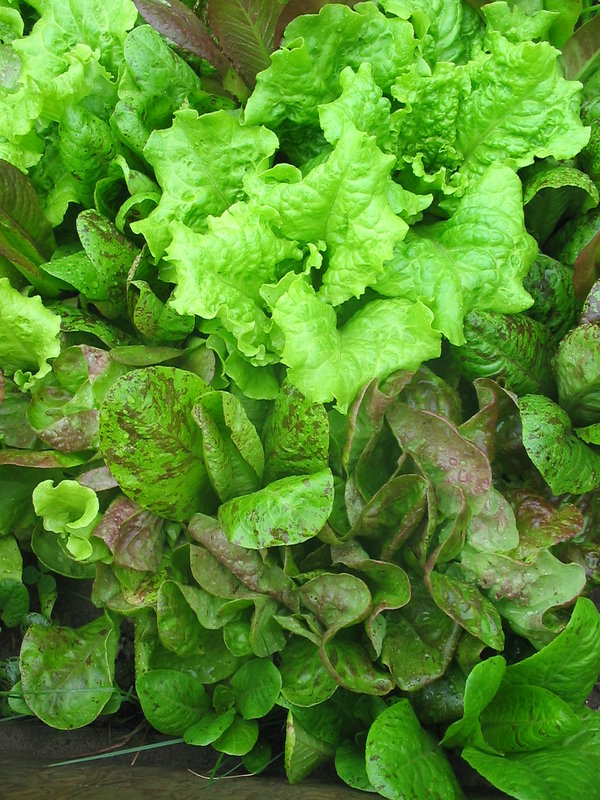What Can You Grow in a Shady Garden?

Most plants love to grow in full sun. They're solar powered, so the more light they get, the faster and better they grow. That's a problem for gardeners in the city though, because houses and trees block the sun and usually leave only a tiny spot of precious direct sunlight. So let's explore what we can grow in the shade (or part shade).
First of all, let's think about what it means for plants to be powered by the sun. Their leaves collect light and use it to create food through photosynthesis. More light means more energy for the plant, but it isn't as simple as that because different stages of growth need different amounts of energy.
Leaves and roots are pretty easy for plants to make. Those are the parts that baby plants grow, even when they're just emerging into the sunlight. Flowers, fruit, and seeds take much more energy, sugar takes even more, and it should seem obvious that oils take a lot of energy to create.
So if you want to grow a big sunflower with a tall stem, huge flowers, and lots of oily seeds, the plant would need a lot of energy to grow that. Sunflowers need full-day sun, and there's no way around it.
On the other hand, if you want to grow lettuce, spinach, arugula, or other greens, then the plants only have to grow low-energy leaves. That takes much less sun: just a few hours a day or possibly less if they have bright indirect light.
The rule of thumb is: leaves need 2-3 hours of light each day; sweet or starchy roots need at least 4 hours; and fruit need at least 6 to 8 hours of light each day.
| 3 hours of direct sunlight | 4 to 5 hours | 6 to 8 hours |
| Leafy crops like kale, spinach, Swiss chard, and lettuce. | Root crops like carrots, beets, turnips, radishes, onions, and potatoes. | Fruiting crops like tomatoes, peppers, cucumbers, and squash. |
Every plant is a little different, and there are a few exceptions, but this rule of thumb helps to decide which side of the garden to use for the lettuce, the carrots, and the tomatoes.
Most of the time, you can cheat a little if you don't have quite enough hours of sunlight. For instance, carrots would prefer at least 4 or 5 hours of sun but they will manage with just 3 hours - they just grow slower so you have to wait a little longer.
And the best news is that lettuce, spinach, and other cool-season greens actually prefer to be out of direct sun in the heat of the afternoon. Grow your greens in an east-facing area to catch morning sun and afternoon shade for tender, longer-lasting salad harvests.
Or... you can build a rooftop garden!
Not yet a member?
An annual membership to Seeds of Diversity gives you access to our seed exchange, seed grow-out programs, and our online news.

We depend on donations to do our work.

Thank you for your support!
